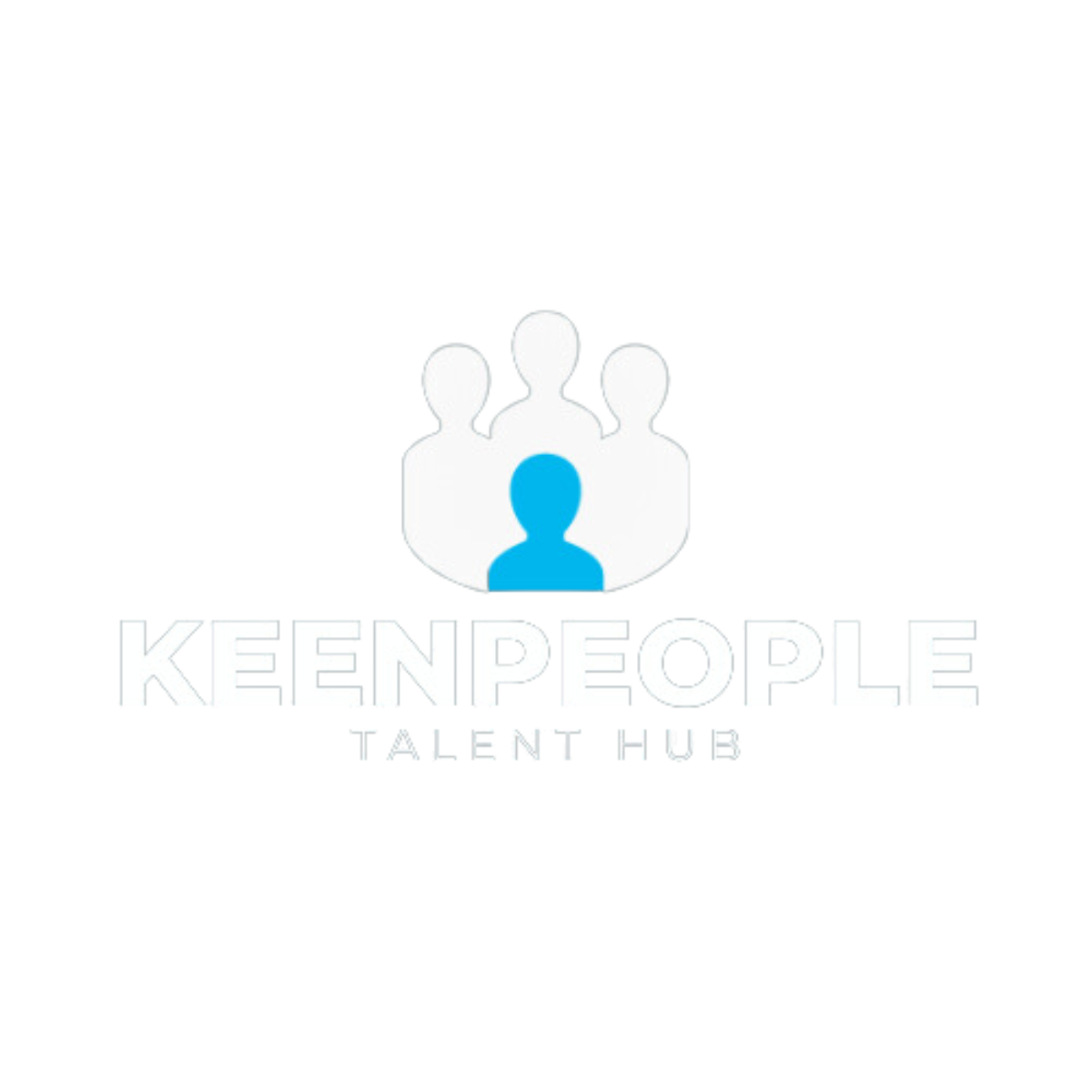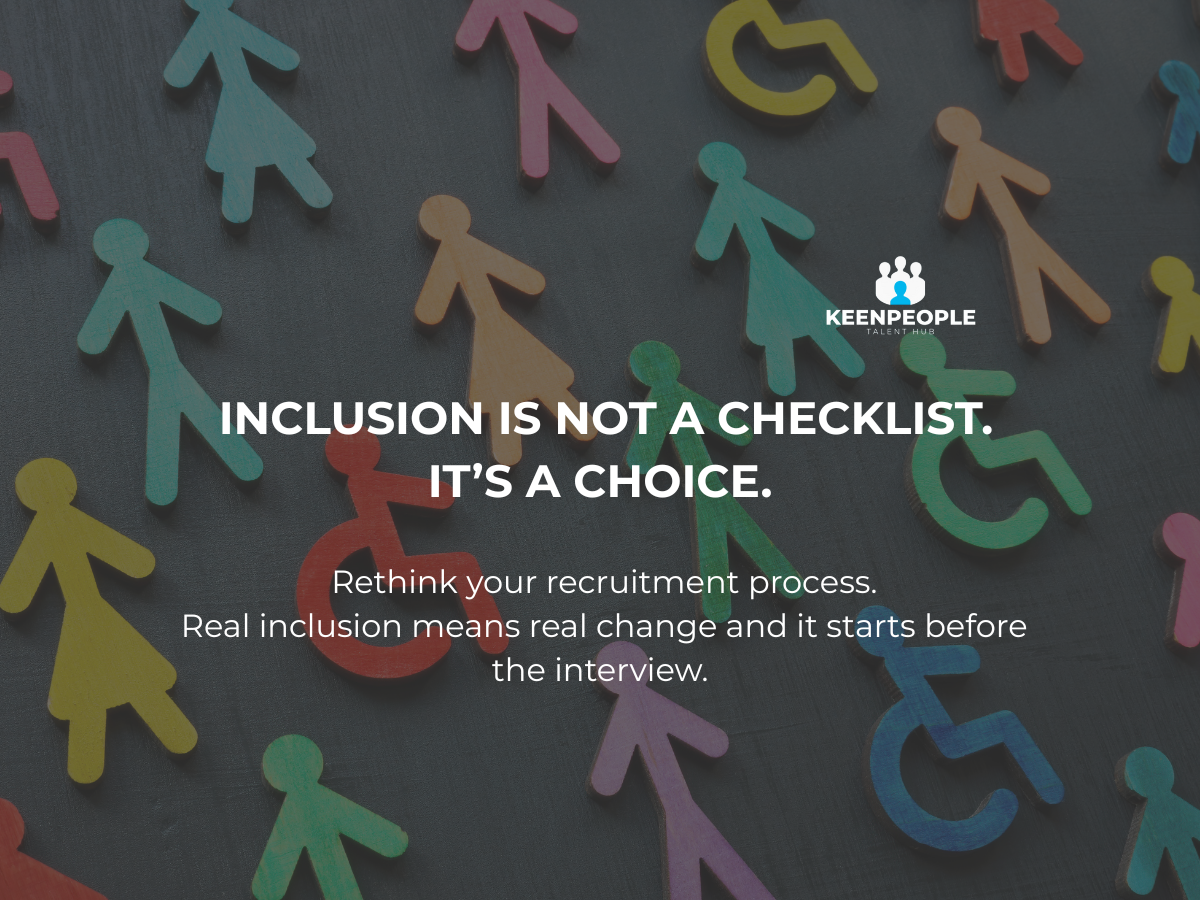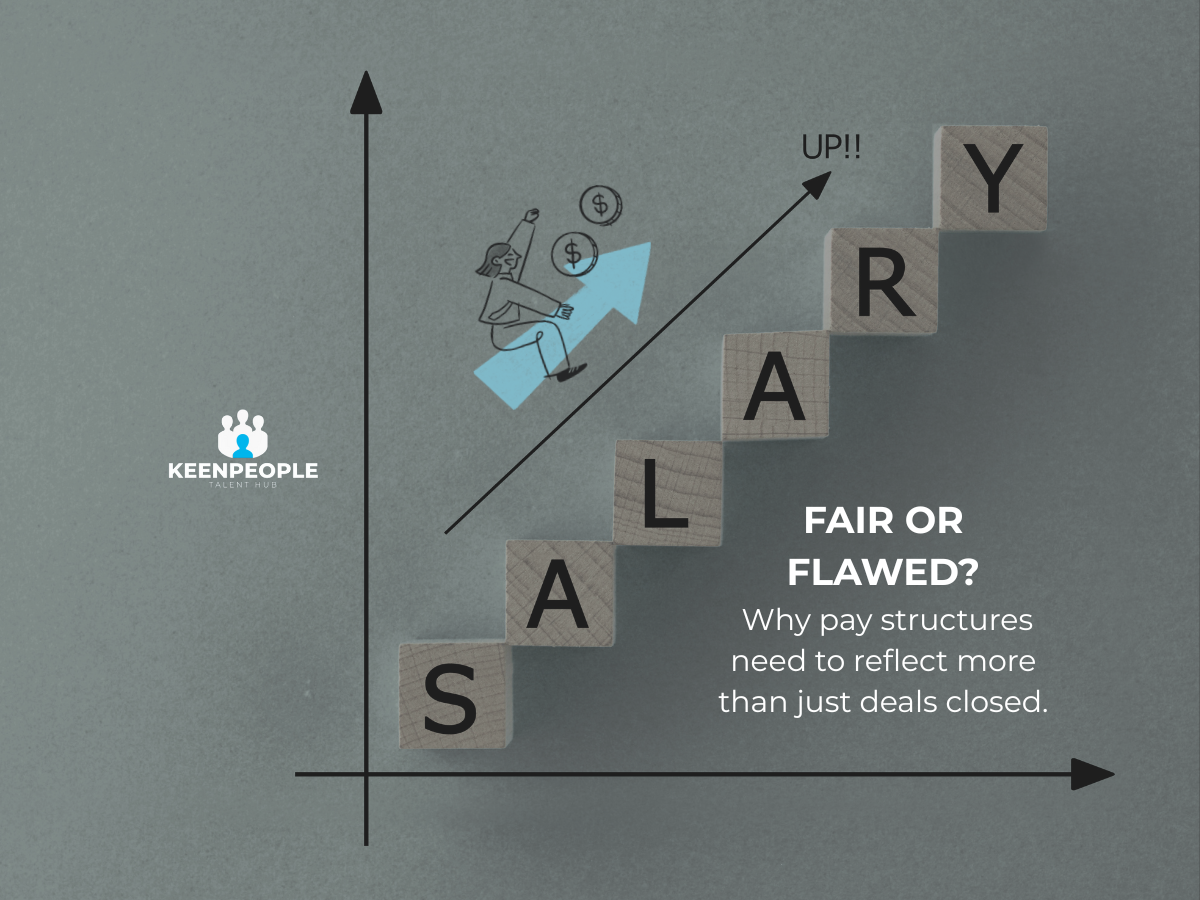Remote. Hybrid. Office-based.
Everyone says they’re treated equally, but are they really?
What Inclusion Really Looks Like in Recruitment
We have worked with thousands of candidates. We have seen companies talk about inclusion. We have also seen what happens when inclusion is only surface level.
Fair or Flawed? What Happens When Sales Assistants Earn More Than Their Managers
It is a topic that makes people uncomfortable. Sales executives on the floor close a few big deals and walk away with a bigger bonus than the person managing the entire team. Is that fair? Or is it just how sales works?
Trust Is the New Tech: Cybersecurity for Leaders in a Digital World
Trust is now a business asset. And cybersecurity is right at the heart of it. The days of thinking “that’s for IT” are gone. Leaders, this one’s on you.
The Role of Technology and Innovation in Attracting Gen Z Talent
Let’s talk about Gen Z—the digital natives shaking up the job market in the best way.
“We’ll Just Handle Recruitment Internally” vs. Recruitment Agencies – Are You Really Saving Time & Money?
At Keen People, we’ve had this conversation countless times. Some companies are convinced that handling recruitment internally is the best way to go—after all, who knows their business better than they do? Others swear by the expertise of specialist recruitment agencies, trusting them to find the right talent faster. So, which approach really works best?
Why Great Candidates Walk Away from Your Hiring Process
Ever had a promising candidate drop out of your hiring process? You’re not alone. In today’s job market, candidates have options—plenty of them. If you’re seeing top talent disengage before the finish line, it’s worth asking: is your hiring process pushing them away?
One of the biggest culprits is a painfully slow process. Lengthy interview rounds, delayed responses, and indecisive hiring managers can all test a candidate’s patience. The best professionals aren’t sitting around waiting—they’re fielding multiple offers. If you take weeks to make a decision, they’ll likely take another opportunity before you even get back to them. Speed matters.
Then there’s poor communication. Candidates want transparency—about salary, expectations, and timelines. If they’re left in the dark or given vague updates, they’ll assume your company operates the same way internally. A clear, well-structured process with regular touchpoints can make a world of difference.
Another major reason candidates walk? An impersonal or robotic experience. A hiring process should be a two-way street—not just about assessing them, but also showing them why they should choose you. If your process feels transactional or uninspiring, they won’t feel connected to the company. Personalising interviews, giving genuine insights into company culture, and treating candidates with respect can set you apart.
Finally, misaligned expectations can derail everything at the last minute. If the job description promised one thing but the interview suggests another, candidates will hesitate. Honesty from the start about the role, growth opportunities, and company culture helps avoid last-minute dropouts.
Top talent isn’t just looking for a job—they’re looking for a great experience. If you’re struggling with candidate drop-off, it might be time to rethink your hiring approach. Have you noticed top candidates pulling away before the final stage? What do you think makes or breaks a hiring experience?
Is Your Job Description Repelling Top Talent?
A job description is often the first impression a candidate has of your company, yet so many are filled with vague jargon, unrealistic demands, or pages of dry bullet points. In a competitive hiring market, a poorly written job post doesn’t just fail to attract top talent, it actively pushes them away.
One of the biggest mistakes companies make is overloading job descriptions with excessive requirements. Do you really need ten years of experience for a mid-level role? Is that “must-have” degree truly essential? When jobseekers feel they don’t tick every single box, many will simply move on, especially women and underrepresented groups, who statistically apply only when they meet nearly all listed criteria. Instead of crafting a wish list of impossible qualifications, focus on what actually matters: skills, impact, and growth potential.
Then there’s the language. Corporate buzzwords like “rockstar,” “ninja,” or “fast-paced environment” can be off-putting or vague. Instead, be clear, direct, and inclusive. Words carry weight, if your listing sounds cold or overly demanding, candidates might assume your company culture is the same. Aim for a tone that reflects your current workplace: collaborative, supportive, and realistic about expectations.
Another major red flag? A job description that only talks about what the company wants and says nothing about what the candidate gains. Top professionals aren’t just looking for a paycheck, they’re looking for career growth, work-life balance, and a company that aligns with their values. Highlight your benefits, company culture, and what makes your team special. Show them why they should choose you.
Finally, don’t forget that a job description is a marketing tool, not just a list of duties. It should engage, excite, and invite candidates to imagine themselves in the role. If your hiring process starts with an uninspiring or unrealistic job ad, you might be filtering out the very people you want to attract.
When was the last time you reviewed your job descriptions? Do they inspire or intimidate?
The Hidden Cost of a Slow Hiring Process
Hiring the right person takes time, but how much time is too much? In today’s competitive job market, a slow hiring process isn’t just an inconvenience, it’s a liability. Top candidates are in high demand, and if your recruitment process drags on for weeks (or even months), chances are, you’re losing them to companies that move faster.
One of the biggest misconceptions about hiring is that taking longer leads to better decisions. While due diligence is crucial, delays often stem from unnecessary bottlenecks, too many interview stages, lengthy internal approvals, or indecision over the “perfect” candidate. The reality? Perfection doesn’t exist, but great talent won’t wait around while you deliberate.
A sluggish hiring process doesn’t just affect the candidates, it impacts your team, too. Vacant roles mean increased workloads, burnout, and stalled projects. The longer a position remains unfilled, the more productivity takes a hit, ultimately affecting your bottom line. And if hiring managers are stuck in an endless cycle of interviews and approvals, their focus is diverted from strategic growth.
The solution isn’t to rush hiring but to streamline it. Clear job descriptions, structured interview processes, and decisive decision-making can cut hiring time without compromising quality. Communicating expectations with candidates, providing timely feedback, and keeping the process transparent can also improve engagement and prevent drop-offs.
At the end of the day, hiring is about finding the right fit, not just for the company, but for the candidate, too. If your process is too slow, you might not only miss out on top talent, but also send a message that decision-making within the company is sluggish. In a fast-moving world, agility is everything.
How do you balance speed and quality in your hiring process? Have you ever lost a great candidate due to delays?
Navigating the Job Market in 2025: Trends and Strategies for Job Seekers
Navigating the job market in 2025 comes with both fresh opportunities and new challenges for job seekers. As industries evolve and technology continues to advance, the way we approach job hunting needs to adapt. One of the most significant changes has been the rise of remote and hybrid work. Many companies now offer flexible work arrangements, and for candidates, this means being prepared to work in these environments. It’s important to not only be open to remote work but to also demonstrate your ability to thrive in it. If you’ve had experience collaborating virtually or managing tasks independently, make sure to highlight those skills on your CV or LinkedIn profile.
Alongside the shift in work environments, employers are increasingly valuing soft skills like adaptability, communication, and emotional intelligence. Companies are looking for people who can fit well within their teams and handle change with ease. These skills are becoming just as important as technical knowledge, so it’s crucial to show how you’ve used them in previous roles, whether it’s through problem-solving, teamwork, or managing difficult situations.
Another key factor in the job market is the growing demand for technical expertise. Fields like AI, cybersecurity, data analytics, and cloud computing are experiencing rapid growth, with employers seeking candidates who have a solid understanding of these areas. If you haven’t already, it could be worth investing time in upskilling, whether that’s through online courses, certifications, or hands-on experience. Building your knowledge in these areas will help you stand out and demonstrate your value to potential employers.
Networking remains essential in your job search, particularly as digital platforms like LinkedIn continue to connect candidates and employers. To make the most of these platforms, engage with industry content, join relevant groups, and reach out to professionals in your field. Remember, it’s not just about the number of connections you have, but the quality of those relationships. Genuine connections can help you access opportunities that might not be advertised.
Finally, while the job search process can sometimes feel overwhelming, persistence is key. Don’t be discouraged by setbacks; each interview or application is a learning experience. Keep refining your approach, ask for feedback when you can, and stay open to new opportunities. Whether it’s a new role or a different industry, there are plenty of paths to explore in 2025.
Adapting to the changes in the job market and focusing on the right skills and strategies will set you up for success. What’s been your approach to navigating the job market recently? Let us know your tips!










